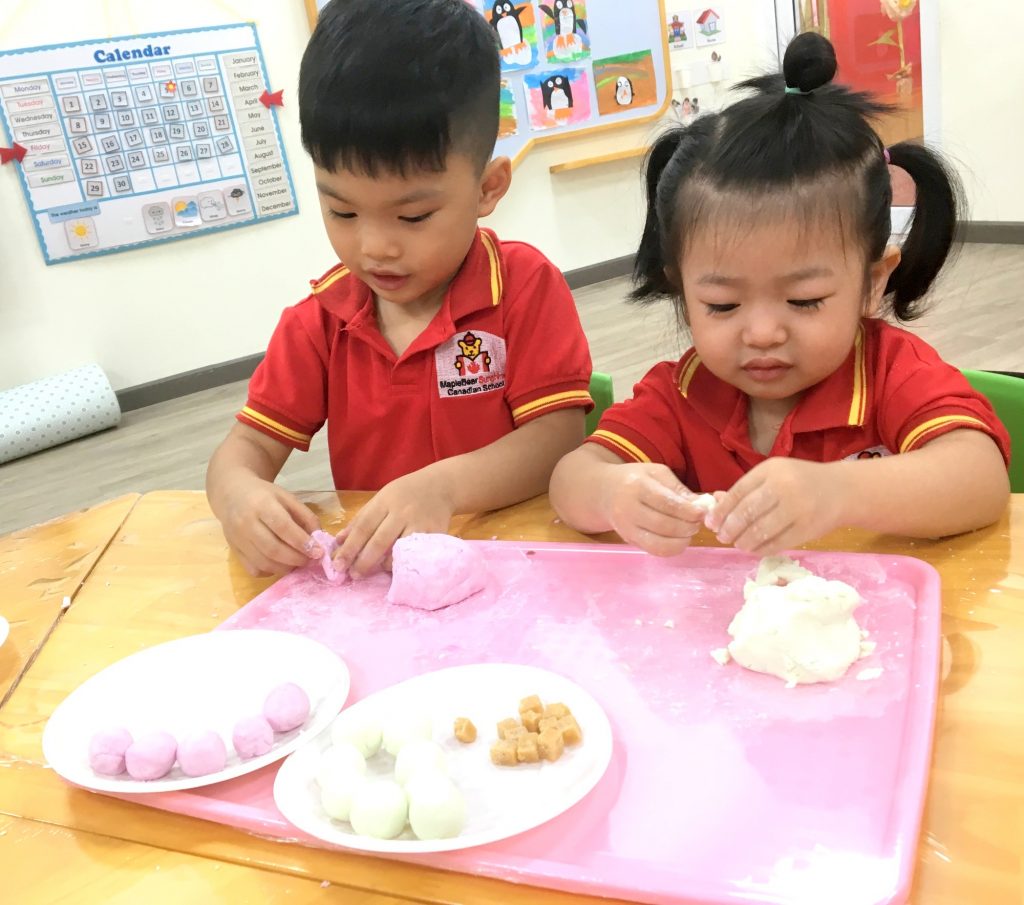Selection primary school for children is something that many parents are confused about. Once selected, it is still possible to win or miss when children and parents experience it. It is possible to “learn” from the experience of parents, and now it is experience from abroad.
1. Does the school meet basic needs?
Although you can choose a school that everyone says is good, first, make sure that the school meets your basic needs. For example, if you have to go to work at 8:30 and go to school at 9:00, that’s going to be tough. Similarly, if there is no bus and the school is 10 km from home, then this school is probably not suitable for your family. Finally, if you are almost or completely unable to send your child to school and prepare lunch for them, ask if the school offers this service and how much it costs (public schools often offer free lunches). for some students).
2. What is the student-teacher ratio?
When researching schools, parents need to be aware of the level of care their child may receive in class. That is, you have to see how the class size is, whether there are tutors or not. For grades K through Third, the 22:1 student-teacher ratio is massive. For Grade Four and above, a class with about 30 students as teachers is difficult to manage. (Keep in mind that studies have demonstrated the benefits of small size for grades Three and under, but there is no evidence that large sizes in larger classes reflect student performance.)
Let’s study this ratio thoroughly. Why? Since many schools calculate the ratio of staff (such as librarians, administrative staff) to teachers, the student-teacher ratio is reduced, while classes are still crowded with students and teachers. overloaded. For example, a student-teacher ratio of 15:1 means a class has one teacher and 35 students, which is a remarkable disparity.
You should also ask the school about tutoring or academic advising. Does the school allow group study, allowing students to guide each other in self-study? Does the school provide teachers or tutors for students during lunch breaks or after school?
3. How does the school deal with behavioral problems?
These questions are not too comfortable – and the school may find ways to avoid such questions – but you need to ask to understand the school’s culture of conduct. Each school has its own discipline policy. Comfortable or harsh? Do they have forms of conduct such as degrading or suspension from school? Or are they ‘positive discipline’ like a first warning and a break? Disciplinary policies are varied. It is important that you feel satisfied with the way the school is being treated.
What are the school’s forms of discipline? (Legally, the school must closely and publicly announce disciplinary measures such as suspension or dealing with scuffles with the government.) You should also be aware of the school’s bullying policy. Are school staff trained in problem-solving skills?
4. The uniqueness of the school
A lot of primary school – both public and private – have strengths in art, foreign languages, technology or science. Find out what the school focuses on developing, and whether it matches your child’s interests, strengths and personality. If the school doesn’t have a background in philosophy or curriculum, ask them about their accomplishments. Does the school have a parent communication system, garden, art program and weekly museum tour? Does the school have a spacious library or a modern computer room? Let’s learn some details that show the face and values of the school.

5. How much homework is there?
There is usually little homework at the beginning of elementary school, but what about the older grades? A simple way to find out is to give your child 10 minutes every night to talk about the work they receive on the weekend, the day off, or the assignments from different teachers. (This diversity is a sign that teachers do not have the same educational philosophy.) If your child is interested in the after-school program, ask the school if the program supports the student with homework.
6. How does the school support students with different learning styles and needs?
The answer depends on your child. If your child is doing well in school, you’ll want to put him or her in a school with teachers who help them progress with advanced programs. If your child has a learning disability, you’ll want a school that has specialized programs and academic counselors to support your child. Does the school accommodate students with different learning needs in the same classroom? Or do they assign classes to children with special needs? Whatever your child’s needs are, find a school that has the capacity and expertise to mentor your child. Otherwise, your child will have a hard time adjusting to the education he or she is placed in.
7. What extracurricular activities does the school organize?
If your child needs support after school, look into specialized classes, sports clubs or other activities. Does the school offer courses in art, music, drama, science, chess or free play? Does the school teach sports or provide facilities for exercise and recreation? What are the requirements to join the school club? Finally, you should consider spending time with your child doing homework.
8. School facilities
If your child needs a large space to run around and play during recess and Physical, you should ask the school about indoor and outdoor spaces. You should also pay attention to the school garden and the hall. What does the classroom look like? Do students sit in neat rows facing the teacher? Or do students sit in groups at large tables?
Finally, evaluate the safety of the building design. Are doors and exits easy for students and strangers to get in and out of? Is there a strict rule for this?

9. How is teacher training?
Understanding the school’s professional background is challenging. However, you should ask about your teachers’ cooperation and their shared goals for students. Do teachers in the same grade level collaborate to write programs, using the same materials? assigned the same amount of assignments? Do teachers meet regularly to discuss curriculum, teaching techniques, and special students? “Community of expertise” is a place where teachers regularly meet to share teaching challenges.
10. What are the school’s expectations for students?
Look for the school’s test scores on the website before taking a tour of the school. If the school has high test scores, ask why. You probably won’t get a satisfactory explanation, but at least you have an answer. For example, a school that is strong in English will offer low-level standardized tests, because students are tested just to see if they know English. A school with a high percentage of students with learning disabilities may have low test scores. Two factors can help you to be less confused in this matter: first, see if the score is trending up or down; second, see how the student corresponds to the profile you are considering academically. It’s helpful to measure a school’s test scores by multiple criteria – although not all schools make their test scores public.
Source: Greatschools.org synthetic.
Education Apple translate
 EN
EN  VN
VN EN
EN




Comments are closed.